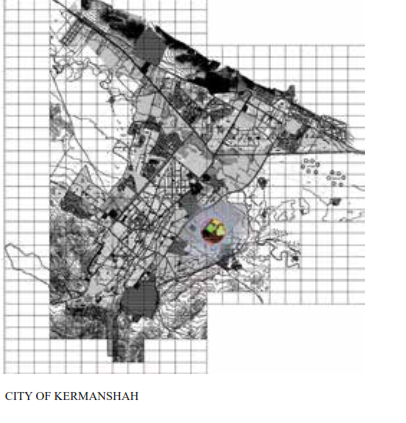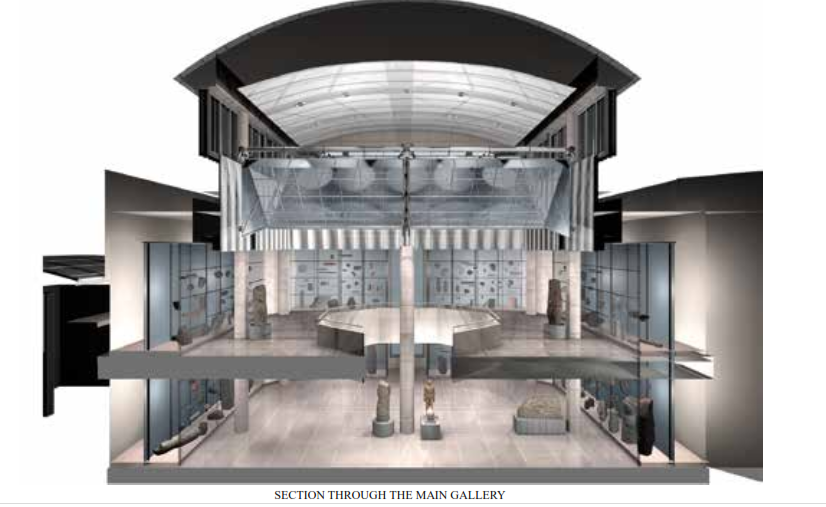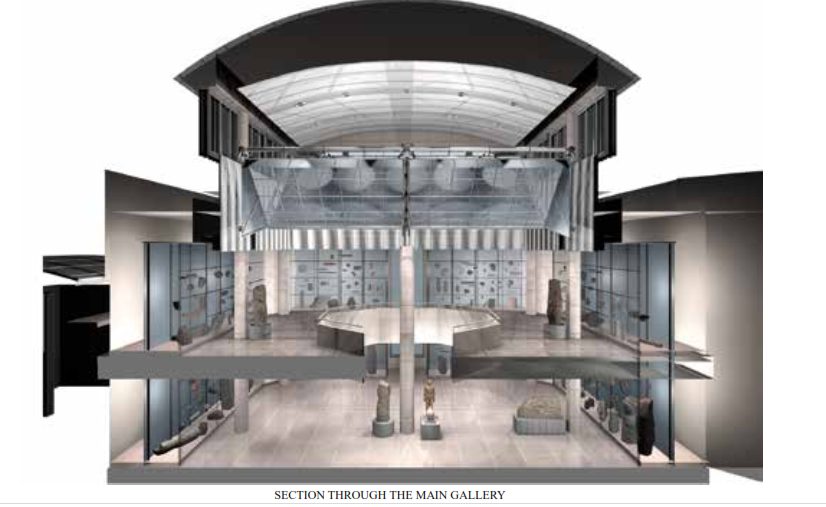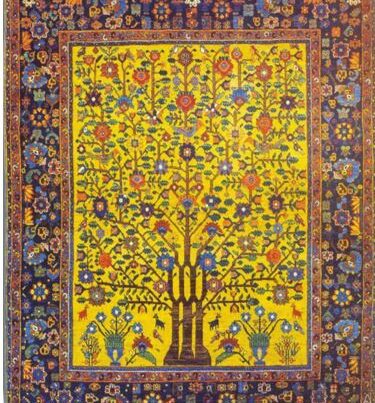National Museum of Archeological Stone Artifacts City of Kermanshah
Behrooz Pakdaman was born in 1949 in Tehran, received his Master degree in Architecture from University of Tehran in 1975 and his Master of Architecture in Urban Design from Rice University (USA) in 1977. Since, he has been fully involved in the profession of Architecture and Urban Design as well as holding teaching positions in the last 20 years.
With his partners, they established “Mehrazan Consulting Architects and planners”, an Iranian consulting firm in Architecture and Urban Design in 1988. He is the chairman and director of design. The work of Mehrazan varies from different scales of urban planning and design to a broad range of architectural projects.
His research, publications and articles cover a broad range in the field and his work on Early Modern Iranian Architecture is considered a work of reference.
His various lectures in conferences and universities in the City of Dubai started with a lecture in Dubai Conference, titled “Modernism and Traditionalism in Architecture” that was held by Architectural Review Magazine in 1999. Following to the Conference, he was invited for a limited international competition to design the Emaar Golf Club in Jebel Ali.
2A Magazine has presented in its second issue two of his projects dealing with “Environmental Adaptability” and “Modernism in relation to Traditionalism”
He has also been involved in landscape design, teaching and research. His article “Qadamgah Garden Complex” related to this subject has been published in the 7th . issue of this magazine.
“Retail Entities in Urban Design Concepts” was the subject of another lecture in 2009, in the 2A International Conference “Boutique City: Designing for Sale” published in the 10th.
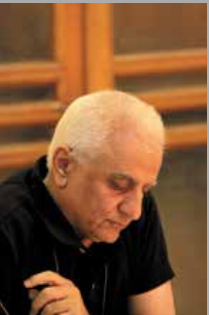
Published in 2A Magazine Issue #13 – Spring 2010
The original design of the Museum was prepared in 1975-1976, and The construction of the existing unfinished concrete structure of this Museum was done from 1976 to 1995, Six years before the start of the new project.
The idea of this project was to review the program and to redesign the Museum within the existing limited structure, for the new requirement of the City and the Client. The original design of the Museum comprised general collection of cultural heritage. The new program, dedicated The Building to the archeological stone artifacts , the well known heritage of The Region.
The new project increased the area from to 5000 m2 to 6000 m2 with different spaces as the museum galleries, exhibition areas, amphitheatre, educational classes & workshop, cafeteria, & other necessary administrative & supportive spaces.
The main design objectives were as follow:
– To reduce the impact of the heavy massive interior & exterior
design of the museum.
– To interrelate the museum with its large outside open space.
– To distinguish the hidden main entrance of the museum located in
the southern part of the building for the visitors entering from the
main gateway on the northern side of the site.
– To provide an identical location and outlook for the Main Gallery
with a controlled access from the other spaces of the Museum.
Following the above objectives, an entrance canopy, wide and long enough to function as a gallery as well, was designed to connect the main entrance of the site to the Museum Entrance. This Canopy also helped to reduce the impact of the solid mass of the Building.
The main axis of the Building, Canopy, and the Site Entrance, provide the basis for landscape design, as well as integration of the whole parts.
A Glass Box with complete view from the other spaces of the Museum was designed as the Main Gallery, with the central space of the existing building. A cylindrical concrete vault covered the central space and the underneath Glass Box.
The shape of the main Gallery (Shiny Glass Box) symbolizes the Mountains overlooking the city of Kermanshah and the region, although those Mountains are all from stone, they embrace the precious shiny Glass treasures. In contrast the shiny glittering mountain shape of the Glass Box
